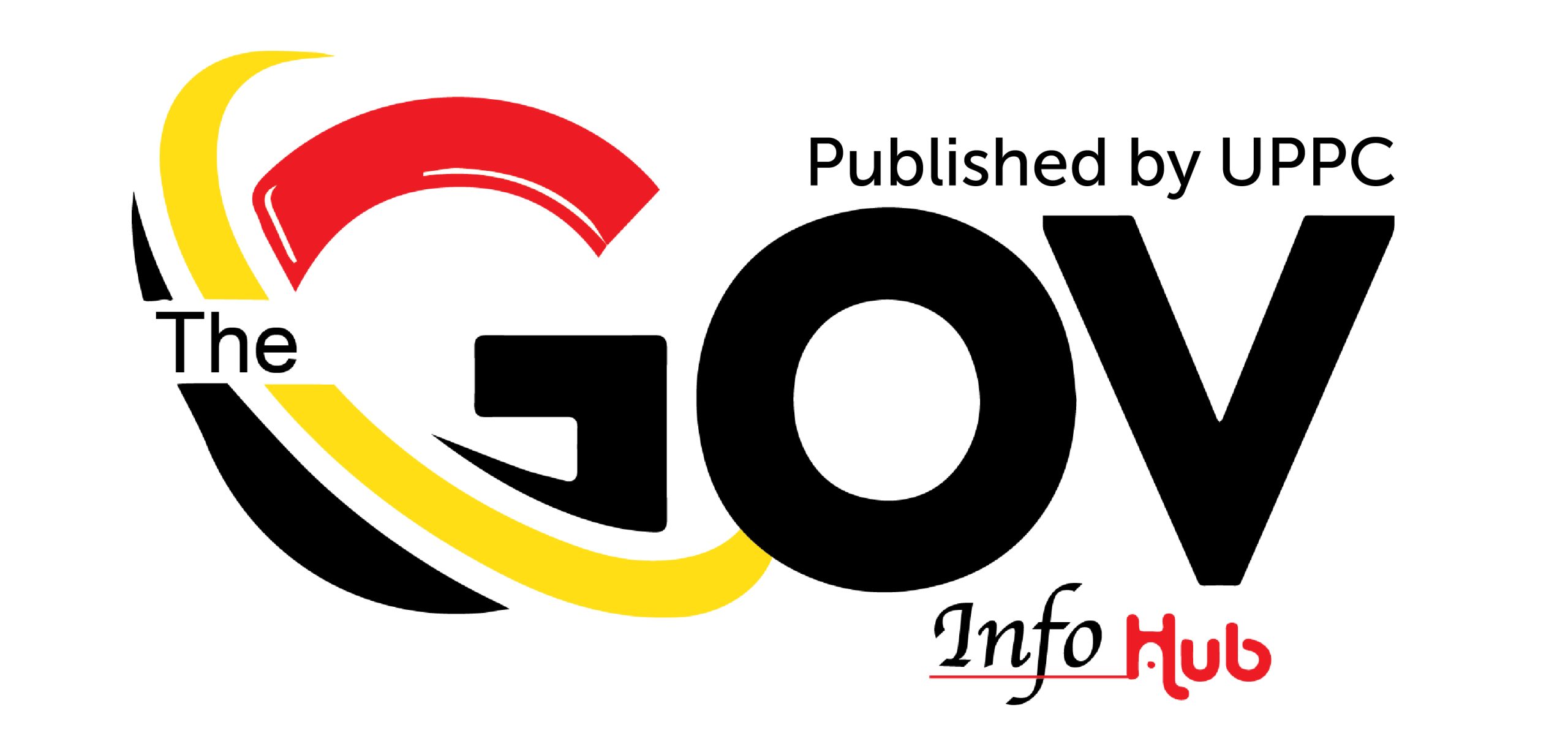The National Fisheries Resources Research Institute (NaFIRRI) is one of the seven public National Agricultural Research Institutes (NARIs) under the policy guidance and coordination of the National Agricultural Research Organisation (NARO) which was established under the National Agriculture Research Act of 2005. NaFIRRI headquarters are located along with plots 39-45, Nile Crescent & Plots 28-32, Oboja road in Jinja opposite the wagon ferry terminal while the Aquaculture Research and Development Centre is located at Kajjansi, 12km along Kampala-Entebbe Highway.
The Institute is headed by the Director of Research who reports to the Director General. The Director of Research is assisted by four Program Leaders and heads of units to run the Institute. Supervision of the institute is done by the Advisory Committee of the institute.
Functions
- Generation of knowledge and technologies of strategic importance for the management, development and conservation of fisheries resources and water quality.
- Establishment and management of the human, physical and financial resources of the National Fisheries Resources Research Institute.
- Provision of technical backstopping and capacity building to MAAIF, ZARDIs, NAADS and other Agencies dealing in fisheries research and water quality.
- Development and management of fisheries research information and ensuring collaboration with stakeholders.
- Planning, monitoring and evaluation of all fisheries research programmes undertaken by the institute to ensure conformity with national research strategy.
- Ensuring quality of knowledge and technologies developed, multiplied and disseminated through uptake pathways.
- Development and management of fisheries research information and ensuring collaboration with stakeholders.
- Ensuring quality of knowledge and technologies developed, multiplied and disseminated through uptake pathways.
- Generation of periodic reports on fisheries and water quality research programmes to NARC and other stakeholders.
- Establishment of sustainable linkages and partnerships with Local, Regional and International Fisheries Research bodies.
- Participation in problem identification and prioritization of fisheries research demands for the national research agenda.
Mission
To generate the knowledge base, develop and disseminate fisheries technologies for increased but sustainable fish production, conservation of the fishery’s genetic resources, water quality and fish habitat, and to develop and manage the fisheries and required linkages with stakeholders.
Vision
A Centre of Excellence in Fisheries Innovations and Impact Creation in collaboration with SMART partnerships.
Goal
To enhance the contribution of fisheries research to increased and sustainable fish production, economic growth, food security and poverty eradication through generation and dissemination of appropriate technologies, knowledge and information.
Specific objective
The immediate objective of NaFIRRI is “to manage, undertake, promote and coordinate all aspects of research in aquaculture (quality seed, feed, culture systems and genetics), capture fisheries (biology, ecology and stocks), fish production systems (e.g. lakes, rivers, pond cages), water environment (aquatic ecosystem health), and fisheries socio-economics of the fisheries whilst conserving the natural resource base and to ensure quality product, dissemination and application of research results by end users.”
Programs/Activities
- Aquaculture and Fish Biosciences
Fish feeds (natural and formulated)
Cage culture technology
Mapping of Aquaculture in Uganda
Improvement of growth performance of Nile tilapia and catfish
- Innovations and post-harvest fisheries
Livelihoods and innovations
Markets and cost-benefits analysis of fisheries and aquaculture enterprises
Technologies for value-added fisheries products
Dissemination through ICT and linkages to reduce cost of service
- Capture Fisheries and Biodiversity Management
Seed production, breeding and nursery areas for Tilapia, Nile perch, Mukene, Semutundu and Kisinja
Fish stock dynamics and harvest technologies for recovery of Nile perch
- Fish Habitat Management
Environmental (water quality) and socio-economic factors that facilitate fish production
Water weeds (water hyacinth, salvinia)
Products and Services
- Fingerlings
- Fish Feeds
- Expert Consultancy Services
- Hi-tech laboratory services
- Training and Internship
- Conference & Accommodation Facilities
Achievements
Biological control of the water hyacinth
The institute received an award for its contribution towards the control of the water hyacinth. The scientists were able to import insects from West Africa to Uganda after carrying out research that proved that these insects would feed only on the water hyacinth, thus destroying it in the process. This was after various trials i.e., ranging from chemical, mechanical and Naffiri went in the direction of biological control, which proved to be a big success with almost 100% success.
Domestication of the Nile perch
Naffiri scientists were able to introduce the Nile perch into Lake Victoria as part of their research to domesticate it and this has proved to be successful. Tasked to see how the Nile perch would co-exist with other fish species and through this, the slot size was fixed by the scientists with restrictions between 50 – 85 cm mainly to protect the females. Females grow larger than males and their ability to produce many eggs is dependent on their size (148 per gram of body weight).
Cage fish farming:
The institute has been able to carry out extensive research on cage fish farming, documentation of how to manage cage fish farming as well as generation of the technology for the fabrication of the cages.
State-of-the-art fisheries’ resource centers
State-of-the-art fisheries resource centers are the only ones in the country and region. It’s both hard and electronic copies are available. International visitors with information from the 1920s. Digitalized funding is provided. Information is arranged according to different lakes and rivers; 160 smaller lakes are also arranged accordingly; historical information and data.
Use of solar lamps for fish harvesting
There are some ways through which fish farmers have been capturing their fish with some effect on the environment, but with research endeavors by scientists in Naffiri, solar lamps have been identified as key to the promotion of fish growth. Mukene fish are now harvested in large numbers.
Special Fish Harvesting Technologies
Fish species are only found in open waters and move in schools. Through research, scientists have been able to generate technologies for harvesting such fish that were generated to enable them to use light and various other techniques.

